Shaping the World
Sculpture from Prehistory to Nowby Antony Gormley and Martin Gayford
More books on Art
Antony Gormley and I first began talking about sculpture at the end of the earth. Literally so: it was at Santiago de Compostela, near Cape Finisterre, where he had an exhibition in 2002. Antony is of course renowned as the creator of such monumental works as the Angel of the North.
Santiago was a suitable place for our conversations to start; a granite-built city with a superbly carved Romanesque cathedral. But our discussions didn't end there; on the contrary, they went on and on, and grew wider and wider.
The end result is a book we have written together, Shaping the World Its subtitle is Sculpture from Prehistory to Now, but that subject has expanded until, as Spock from Star Trek might have said, it has become sculpture, but not as you and I usually know it. There is a vast range of works which are not usually grouped together, but are nonetheless, we realised, intricately interconnected.
From the beginning we were by no means confined to carved figures such as those on the portal at Santiago, nor ones cast in bronze in the manner of Rodin. Among the earlier remarks that Antony made to me was: "Sculpture is a standing stone that marks time and space." This opened up surprising possibilities - if a prehistoric monument such as Stonehenge could be seen as a sculpture, so might a huge mound of modelled earth such as Silbury Hill.
I began to fathom the full implications of a declaration made by the late Anthony Caro in the 1960s: "Sculpture can be made of anything!" In Shaping the World we talk about works of art constructed from - among many other surprising materials - cloth, wood, mud, blood, dead fish and various parts of dead bodies.
However, Caro did not go far enough. It's quite true that sculpture can be made of anything, but it can also be made of nothing, or at least nothing solid. When we got down to work on the book, Antony suggested that to spark ideas we should present each other with unexpected images. One day I sent him a set I called 'voids', consisting of various black holes, empty spaces and gulfs of inky darkness, ranging from rock-cut Buddhist temples to works by contemporary artists such as Anish Kapoor.
This did indeed prompt plenty of thoughts: sculpture is as much to do with subtraction as addition, and a negative space can be every bit as powerful as a positive one. We then went on to consider light itself as a material, and an indispensable one to visual art.
Today many artists, including James Turrell, Olafur Eliasson, Ann Veronica Janssens and Antony himself, use light (and darkness) as a material. A moment's reflection reveals that that's always been true. The flood of coloured illumination carefully angled at Bernini's Ecstasy of Saint Teresa is just as important a part of his conception as the stone and metal he used.
This example underlines how often a sculpture is part of something else, in this case a 17th-century Roman church. Even though we may often see them in museums today, many sculptures were intended to stand in niches or perch on the pediments of temples, churches or palaces. The territory we cover in our book is intimately connected with architecture - in fact, it overlaps. Many sculptures were made to inhabit buildings, but there are others that effectively are buildings with rooms, windows and staircases (the Statue of Liberty in New York is a celebrated example).
This isn't the only case of the works of art we talk about blurring the borders of the definition. At points we come close to religious ritual, magic, theatre and dance. Many renowned artefacts were not originally made to be admired by museum visitors, but to be worshipped, prayed to, implored for protection against plague and famine.
In other words, they weren't just to be looked at, but there to do something - often literally. Antony points out that the Senufo masks from west Africa - which he saw in a glass case at the Musee du quai Branly in Paris - are so much more dramatic when worn and animated by the dynamic energy of the people wearing them.
A great deal of sculpture begins in performance. The motionless model is a performer in a sense, as was Antony himself when he remained motionless for hours as his body was moulded, conflating the maker into the model. And much contemporary art actually consists of performance; so we contend that this too is part of our theme.
What we're talking about is all the art that doesn't consist of flat pictures. As Antony puts it: "Sculpture is a form of physical thinking. That's its nature. It's like alchemy: it works by changing a lump of clay or stone into something utterly different." Perhaps we need another term to describe this process of transforming the stuff around us to give it human meaning and beauty, but we've settled for a phrase: shaping the world.
TEN OF THE BEST
1 Cold Dark Matter
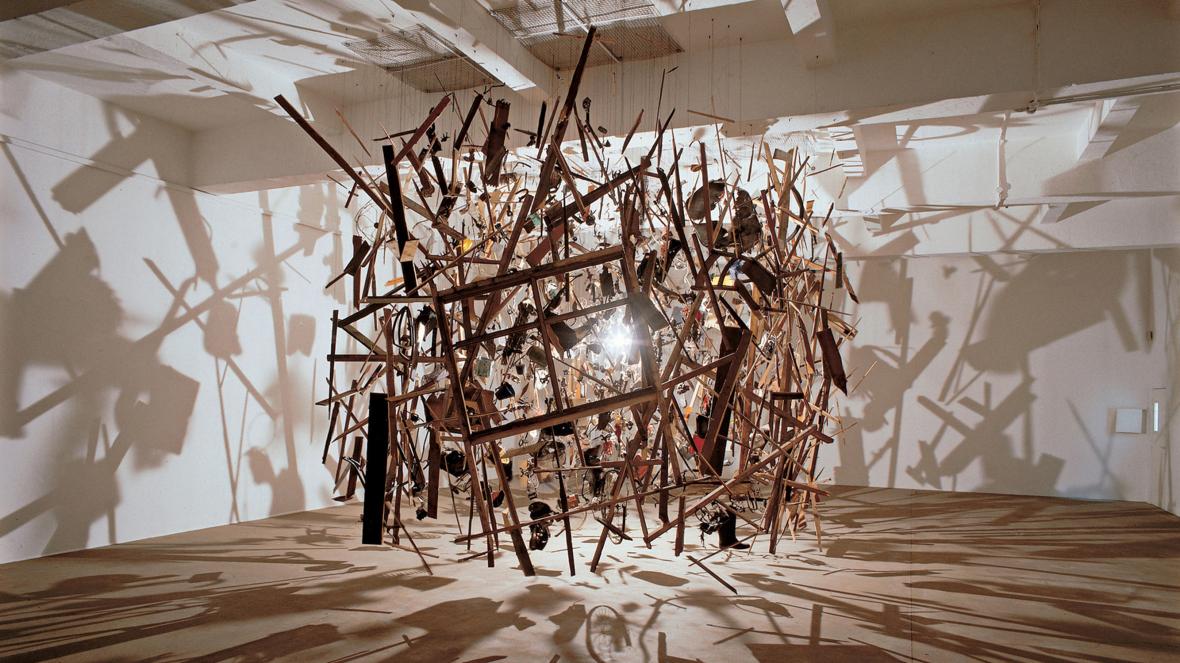
Cornelia Parker's Cold Dark Matter: An Exploded View (1991) is an event transformed into an object. Actually, that's what we argue sculpture often is; a marble carving the record of someone spending time with a piece of rock. But in this case, the occurrence was instantaneous. The artist arranged for an ordinary wooden shed to be blown up, then she carefully reassembled it at the moment of disintegration. The result is at once everyday and cosmic. It looks like the beginning of the world, or maybe the end.
Olafur Eliasson's Weather Project (2003)

Olafur Eliasson's Weather Project (2003) initiated the era of the immersive installation, where the viewer becomes the subject of the work. In the darkened Turbine Hall at Tate Modern (originally a power station), we witnessed a jaundiced sun through water vapour. The ceiling mirrored and doubled the height of the space, and on it we saw black shapes, which after a while we realised were reflections of ourselves. Only rarely does a single work both embody and represent a transformation in our relationship with art.
Michelangelo's Rondanini Pieta (c 1552-64)

The Rondanini Pieta (c 1552-64) is Michelangelo's meditation on the act of carving itself. His last, unfinished sculpture, it pushed the stone, literally, to breaking point, while taking the weight of a body falling to earth. Here is a mother supporting the dead body of her child. Both heads face the ground at the same angle and the mother's left hand touches the breast of her son, evoking an unbearable tenderness: this is a materialisation of loss and love.
Tony Cragg's New Stones, Newton's Tones (1982)
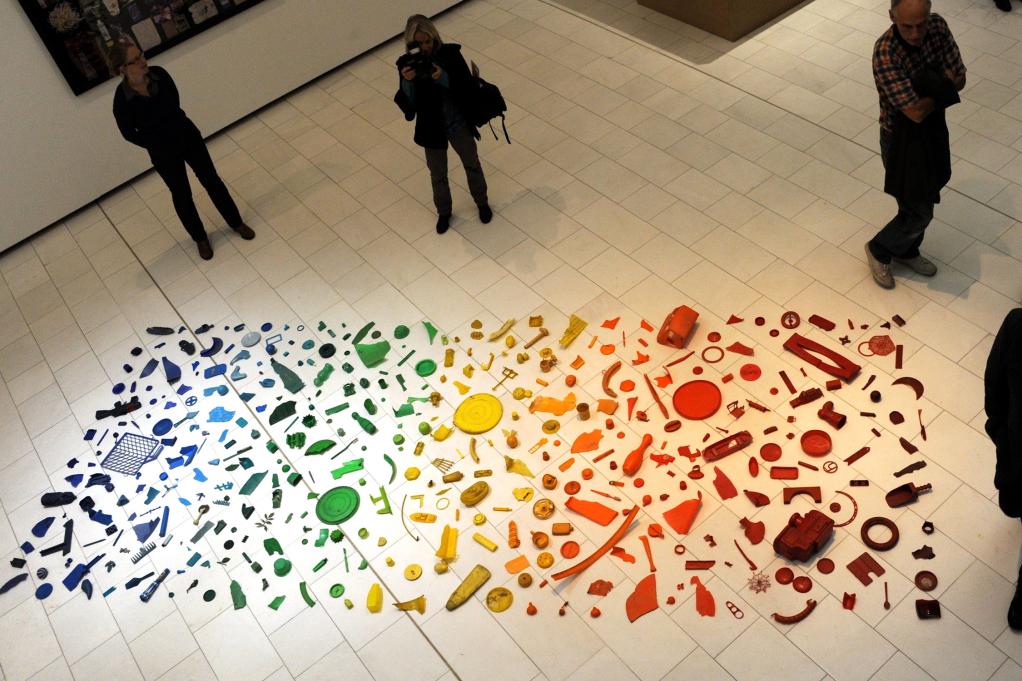
Tony Craggs New Stones, Newton's Tones (1982) makes something beautiful from abandoned things and engages our minds in a reconsideration of our relationship with matter and nature. This is a deft re-association of bits of plastic gathered from the shores of the Rhine, arranged in the colours of light filtered through a prism. It is a poetic and pertinent way of continuing Marcel Duchamp’s idea of the found object to tell us about ourselves and our values.
Terracotta Army
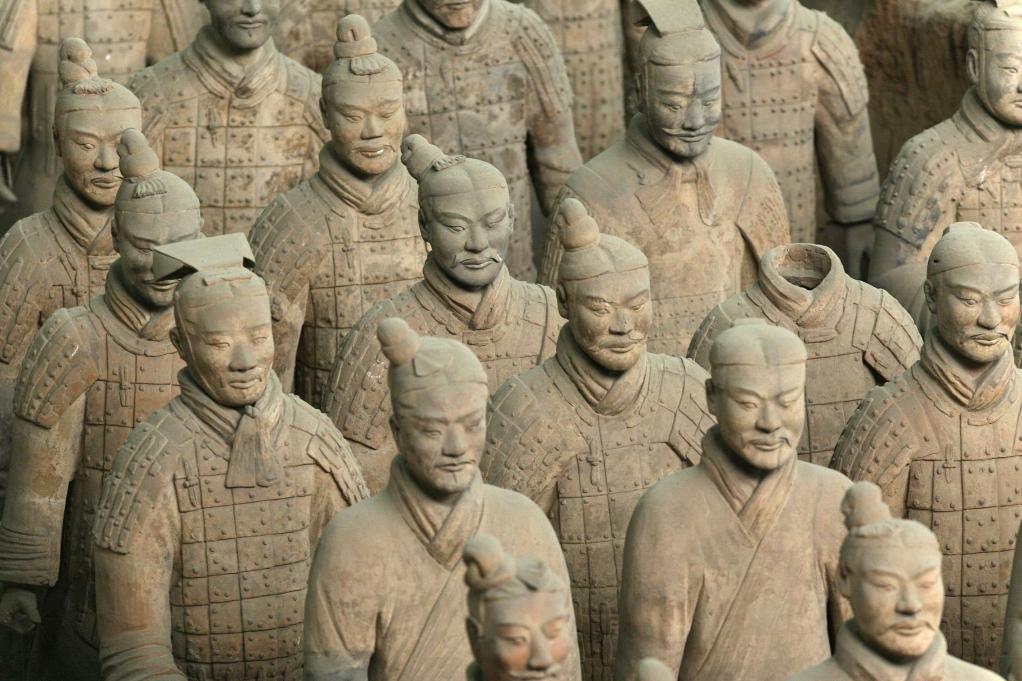
When you encounter the Terracotta Army, it looks like an alternative reality, marching out of the ground. Sculpture has a long association with time and mortality, but few burials in history have been as elaborate as that of the first Emperor of China (c 210BC). The 7,000 warriors, many still buried, were intended to guard the dead ruler from the ghosts of vengeful enemies. There is no more amazing demonstration of how humble clay can be formed and baked into almost any shape.
Giambologna's Rape of the Sabines (1579–83)
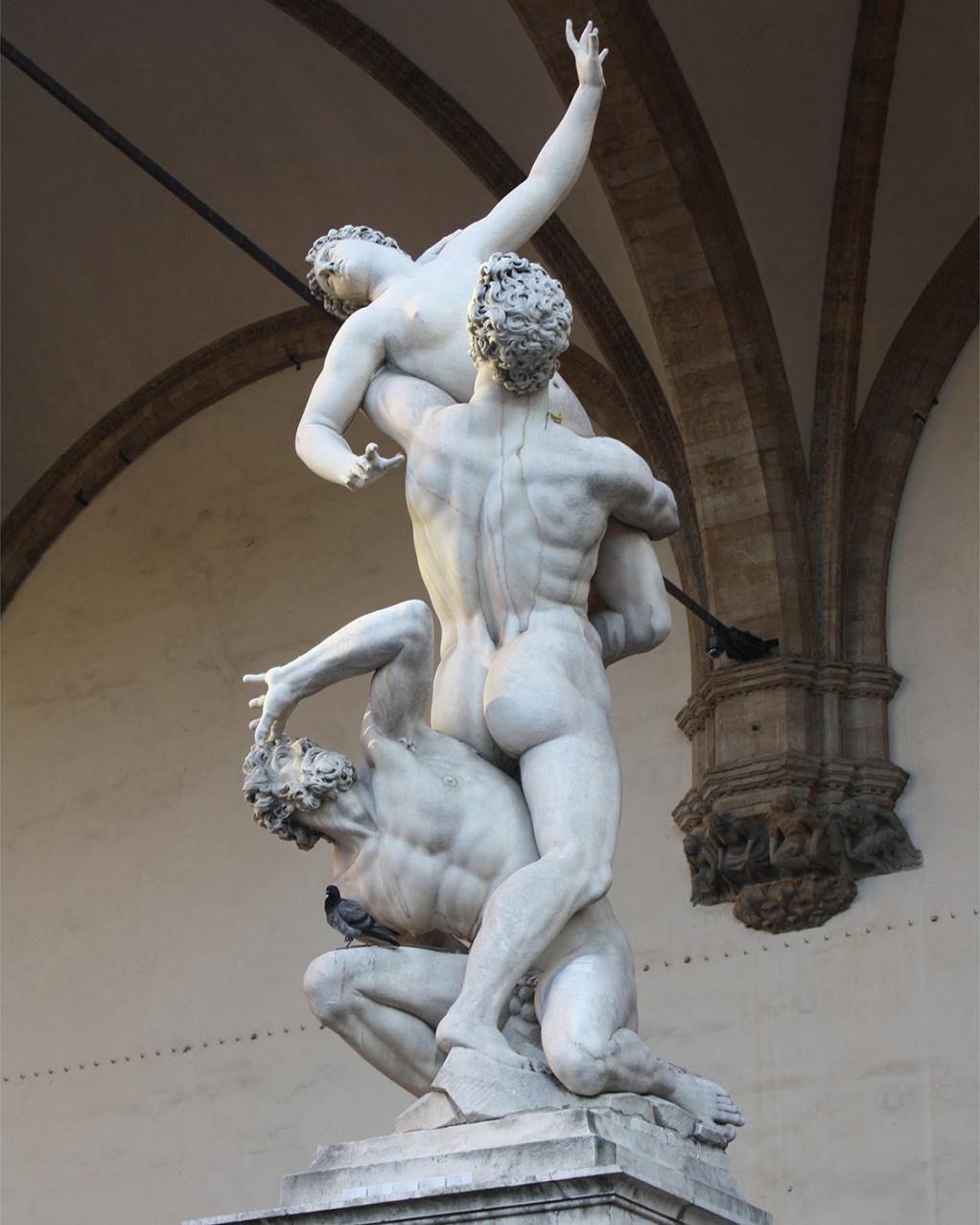
Ostensibly, Giambologna's Rape of the Sabines (1579–83) represents a discreditable episode in Roman history. It fact it's close to art for art's sake. It is the answer to a formidably difficult technique problem: how to twine three bodies into one flame-like form, and carve the whole composition from a single block of stone. Only when it was finished was it given a title, but the true subjects are deeply sculptural: weight, mass, balance, holding, grasping, lifting, balancing, and above all the beauties and complexities of the human body.
Stonehenge (c 2500BC)
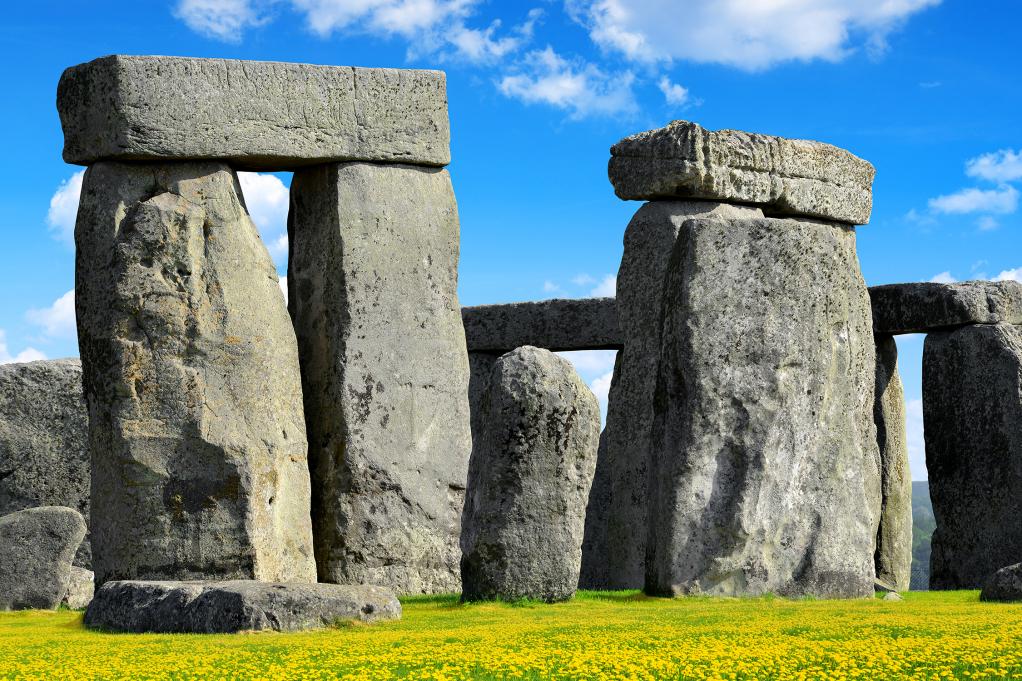
The majestic circle of monoliths at Stonehenge (c 2500BC) is one of the greatest examples on Earth of a job that sculpture often does: it makes a place extraordinary. Originally, this was the nodal point, the climax, of a ceremonial complex dedicated - it seems likely - to marking the cycles of the agricultural year and the passage from life to death. Massive, humanly made objects like standing stones still do that. We measure ourselves against them; they were here before us and will be long after we’ve gone.
Rodin's Age of Bronze (1876)
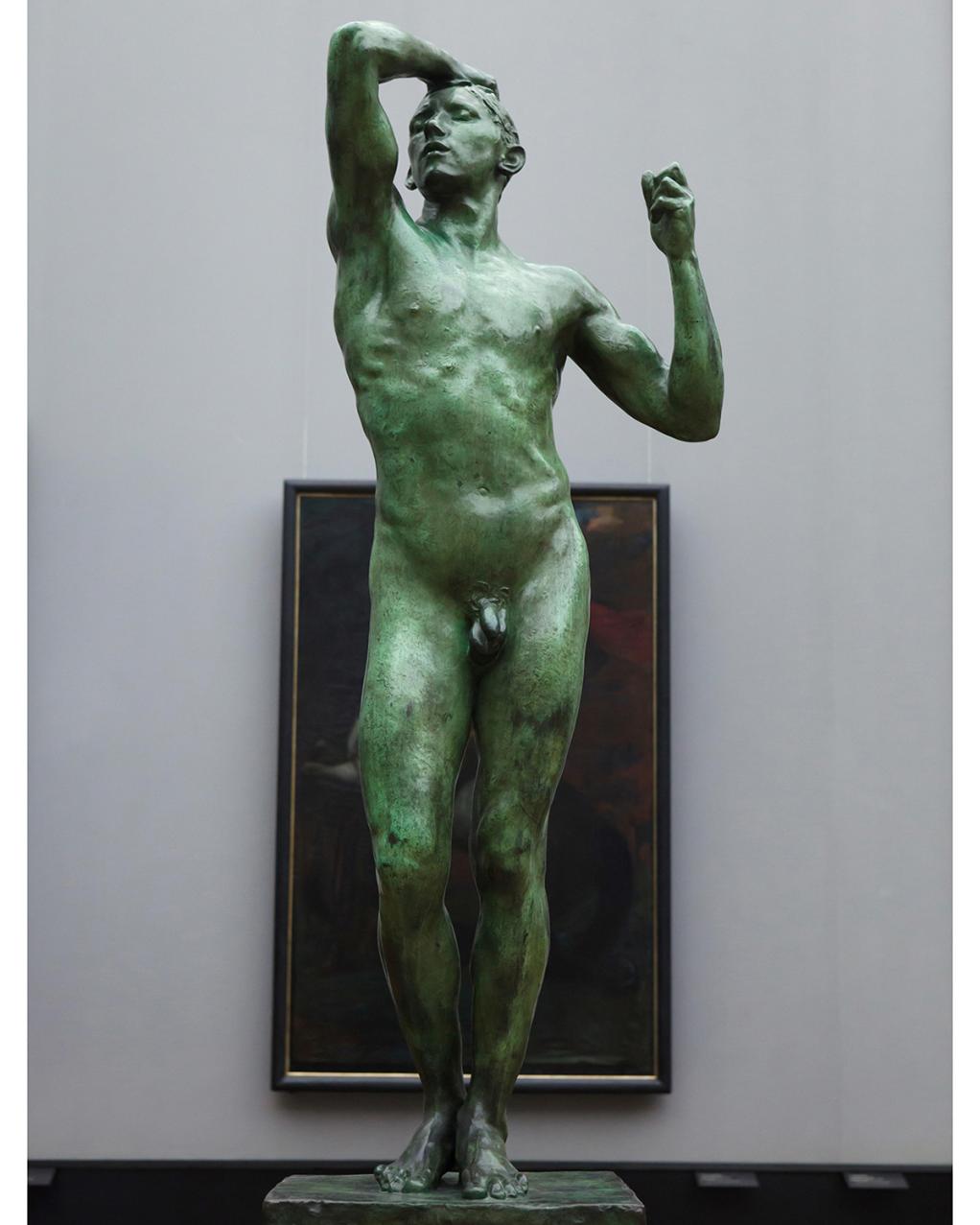
Stripping sculpture from narrative and connecting its meaning to its material, Rodin's Age of Bronze (1876) introduces the art of the 20th century. A single body seems to stand for a change in the collective mind. The spear has dropped from the naked man's left hand, and his right is clasped to his forehead. This sculpture, perhaps more than any other by Rodin, even his famous Thinker, introduces the notion that consciousness can be a subject for sculpture, the most material of any art.
Venus of Hohle Fels
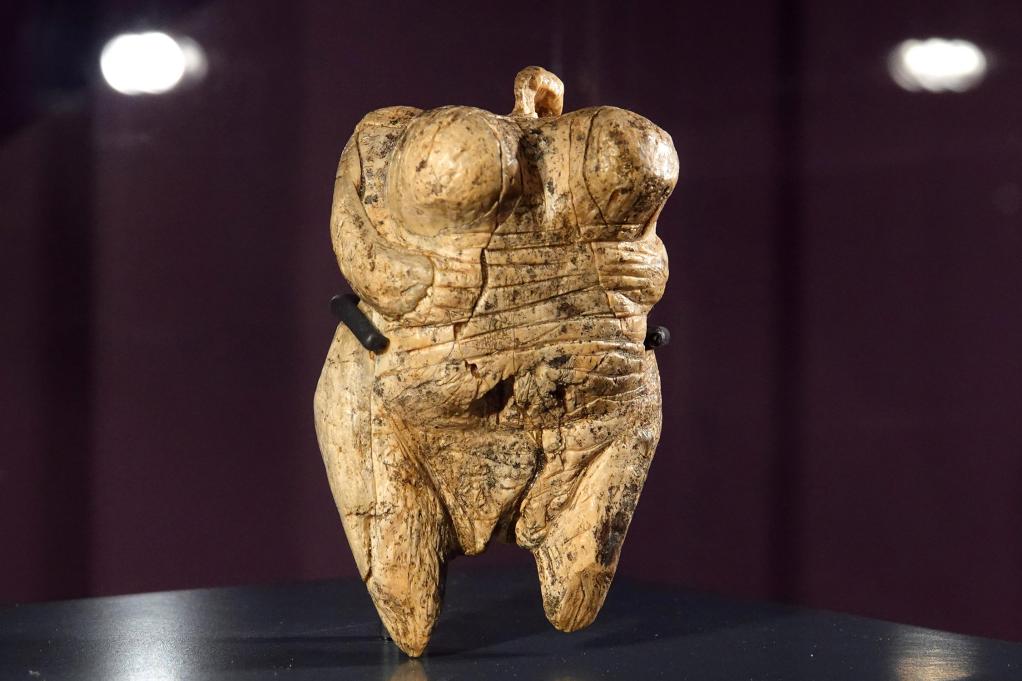
This is among the earliest human figures ever found. It was fashioned from a mammoth's tusk around 40,000 years ago, yet it has an earthily contemporary look, like a prehistoric Lucian Freud. Despite the 'Venus' tag, she may not be a goddess of love, but a charm for safe childbirth and healthy motherhood worn by, and possibly also carved by, a woman. From the beginning, sculpture has been about the body - and also the hopes and fears of human beings.
The reclining Buddha at Gal Vihara
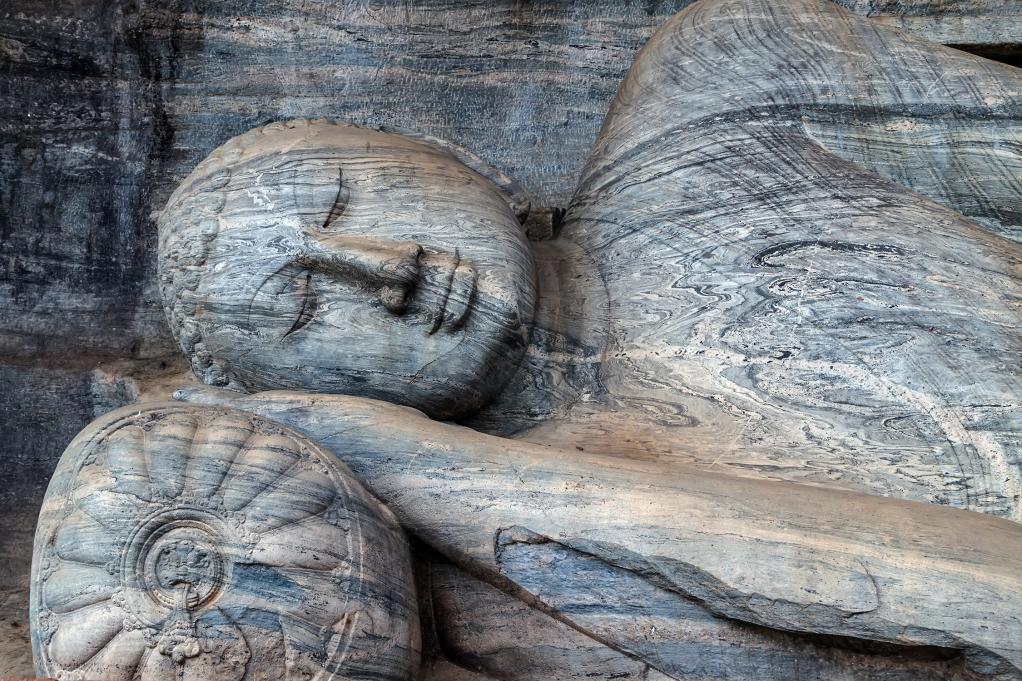
This enormous carved work of a reclining figure at Polonnaruwa, Sri Lanka (11th-12th century), represents Buddha at the point of death, attaining nirvana. So here is the fleeting moment when the mind is released from matter, made in rock, and fixed in place, for ever. The layers in the stone are visible, evoking the layers of consciousness and the passage of time. It reminds me of a dream: floating on an endless ocean, the rise and fall of the waves echoing the rhythm of my sleep, connecting me to an ever-expanding world.
Books by Title
Books by Author
Books by Topic